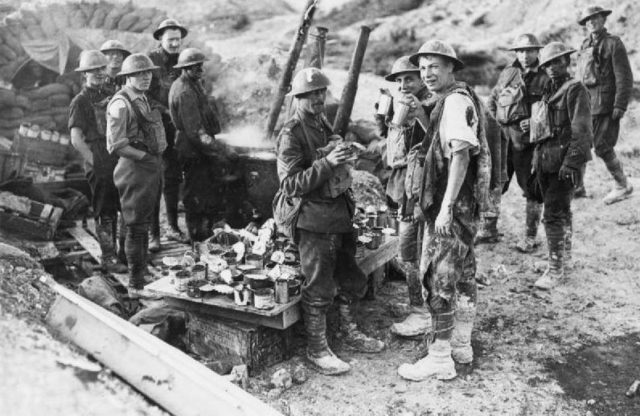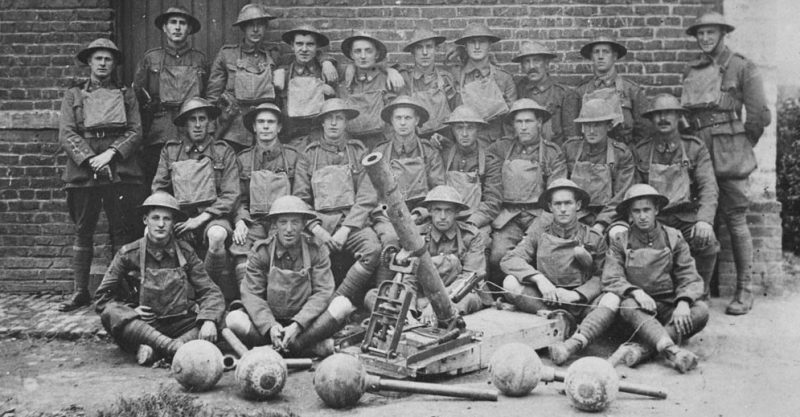Exactly 72 years after his death near the Leopold Canal during World War II, Pte. Kenneth Donald Duncanson was laid to rest in September 2016 with full military honors in Belgium.
That it happened, is thanks to a small team inside the Canadian Department of National Defense, who used historical and scientific evidence to identify and put names to remains of soldiers from the First and Second World wars. Since the program started approximately ten years ago, the remains of 10 British and 22 Canadians have been identified.
In 2010, human remains found near the pastoral town of Vendin-le-Vieil, were unearthed by a construction crew that later proved to be those of a fallen, unknown soldier. Over the half-dozen years that followed, the remains of 18 more missing Canadians were found in the same locale, either alone or in groups where they died almost a century ago.
Vendin-le-Vieil, situated outside the city of Lens approximately 200 kilometers north of Paris, was the location of significant fighting between Canadian and German forces in August 1917, during combat on what was known as Hill 70.
Nineteen unknown soldiers found are assumed to have been among the 2,200 Canadians killed in the nearly two-week battle. Hundreds were buried quickly or lost in the muddy battlefield.
At the end of the day, these soldiers gave their lives for their country, said Sarah Lockyer, a forensics anthropologist and casualty identification coordinator with the team. The least they can do, as best they can, is to return their identity so they can be buried with a name in addition to not forgetting their sacrifice. Their story continues to be told.
Many of the unknown soldiers located on Hill 70 are believed to have been with the 16th Battalion (Canadian Scottish) from Victoria, B.C., said historian Carl Kletke, the defense department’s heritage outreach officer.

The first step taken when they receive notice of a find from the Commonwealth War Graves Commission is to try and determine who was there and the date, he explained.
The team employs unit identifiers, uniforms and cap badges, in addition to personal effects such as bracelets and rings, to zero in on the soldier’s identity. Two of the 19 found at Hill 70 had identity discs bearing a soldier’s name, unit and rank. But Kletke cautioned they could have been carrying the disc of a fallen comrade, nothing can be just assumed.
Lockyer works on the science while Kletke concentrates on the historical analysis.
The Commonwealth War Graves Commission prohibits the remains of soldiers killed during the two world wars to be repatriated, therefore the forensic work has to be completed in Europe, National Post reported.
Forensic information is cross-referenced with a list of the missing soldiers furnished by the historical analysis, in the search for a match or a small number of matches.
Lockyer is unable to divulge the number of soldiers who have been declared unknown over the past decade.
